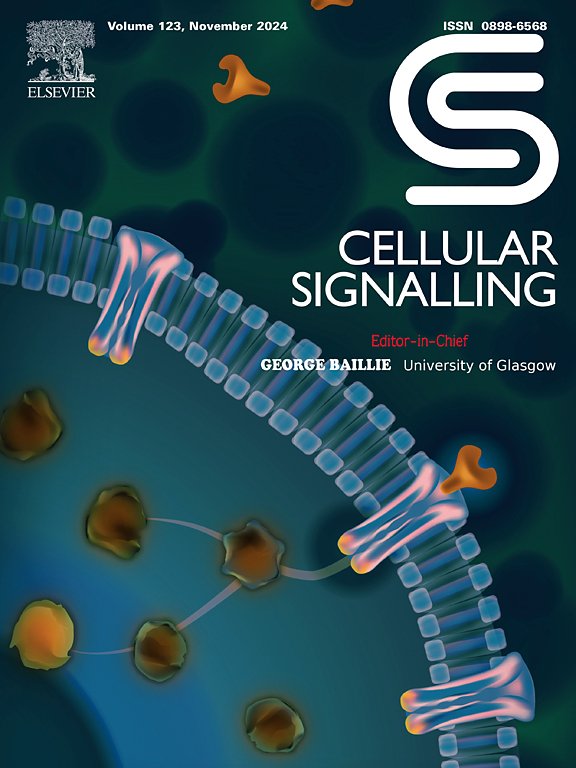Recent advances in the crosstalk between bone and vascular system: from mechanism to therapy
IF 3.7
2区 生物学
Q2 CELL BIOLOGY
引用次数: 0
Abstract
Osteoporosis and cardiovascular disease are prevalent health concerns, particularly among the elderly. Recent studies have increasingly demonstrated that osteoporosis is consistently associated with vascular calcification, drawing attention to the interactions between bones and blood vessels, and giving rise to the concept of the bone-vascular axis. The bone vascular axis involves several factors, including osteokines such as FABP3, PDGF-BB, MYGDF, and Aging Bone-Derived Extracellular Vesicles (AB-EVs), which influence vascular calcification. Simultaneously, calcified blood vessels secrete sclerostin, Dickkopf1 (Dkk-1), Activin-A, and frizzled-related protein (SFRP), further affecting bone metabolism. The bone-vascular axis is characterized by reciprocal regulation and influence between the skeletal and vascular systems, and is crucial for maintaining bone metabolic homeostasis and preventing cardiovascular disease. However, the causal relationship between these two systems, as well as the specific regulatory mechanisms and targets, remains unclear. Therefore, this review aims to explore the mechanisms underlying the crosstalk between bone and blood vessels from both the skeletal and vascular perspectives, as well as their common pathways, and to provide an overview of current therapeutic agents, with the goal of enhancing understanding of the bone-vascular association and offering new insights and approaches for clinical treatment.

骨与血管系统串扰的研究进展:从机制到治疗。
骨质疏松症和心血管疾病是普遍存在的健康问题,特别是在老年人中。近年来越来越多的研究表明,骨质疏松症与血管钙化密切相关,引起了人们对骨骼与血管相互作用的关注,并提出了骨-血管轴的概念。骨血管轴涉及几个因素,包括影响血管钙化的骨因子,如FABP3、PDGF-BB、MYGDF和老化的骨源性细胞外囊泡(ab - ev)。同时,钙化血管分泌硬化蛋白(sclerostin)、Dickkopf1 (Dkk-1)、激活素- a和卷曲相关蛋白(frzzed -related protein, SFRP),进一步影响骨代谢。骨-血管轴的特点是骨骼和血管系统之间的相互调节和影响,对维持骨代谢稳态和预防心血管疾病至关重要。然而,这两个系统之间的因果关系,以及具体的调控机制和目标,尚不清楚。因此,本文旨在从骨骼和血管的角度探讨骨与血管之间的串扰机制及其共同途径,并对目前的治疗药物进行综述,以期加深对骨-血管关联的认识,为临床治疗提供新的见解和方法。
本文章由计算机程序翻译,如有差异,请以英文原文为准。
求助全文
约1分钟内获得全文
求助全文
来源期刊

Cellular signalling
生物-细胞生物学
CiteScore
8.40
自引率
0.00%
发文量
250
审稿时长
27 days
期刊介绍:
Cellular Signalling publishes original research describing fundamental and clinical findings on the mechanisms, actions and structural components of cellular signalling systems in vitro and in vivo.
Cellular Signalling aims at full length research papers defining signalling systems ranging from microorganisms to cells, tissues and higher organisms.
 求助内容:
求助内容: 应助结果提醒方式:
应助结果提醒方式:


